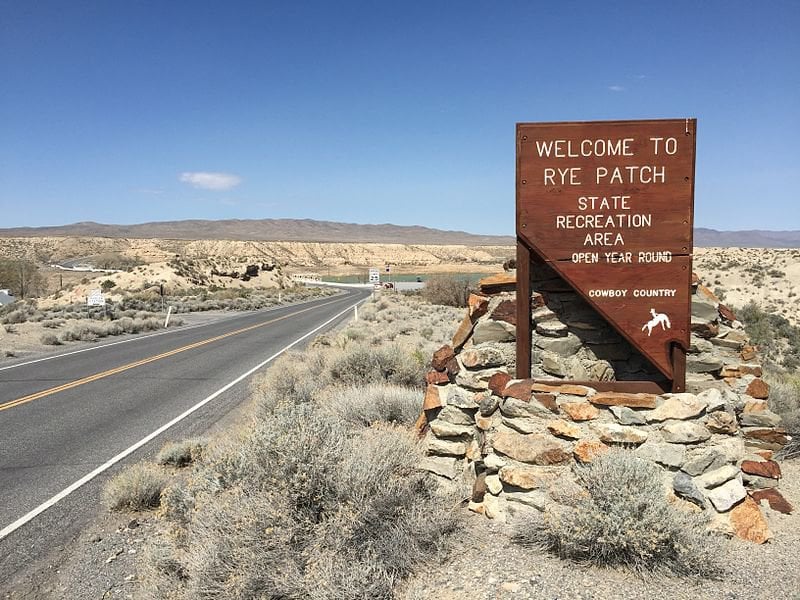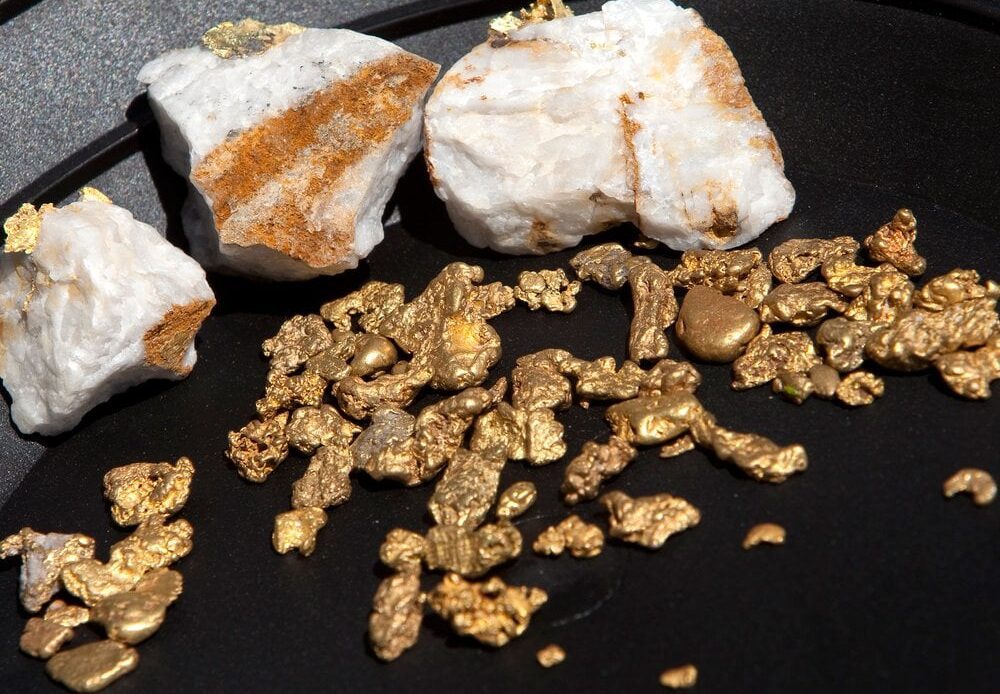Interest in gold prospecting is growing across the country as the value of gold rises.
David Paul Morris/Getty Images
Millions of Americans have tried their luck at gold panning. In 1852, the peak production year of the Gold Rush, $81 million worth of gold was discovered in California alone, coming to about $3.2 billion in today’s dollars. And still, two centuries later, prospectors search for gold in public areas across the American West.
“Once you see your first flake of gold pop out of the pan, it hooks you,” says Andy Brooks, president of the Central Valley Prospectors gold panning club based in Fresno, California. After decades of prospecting, he still finds joy in the hunt.
Many prospectors, like Brooks, enjoy the hobby of gold panning for more than just the possibility of striking it rich. Searching for gold has a vibrant past, attracting history buffs and adventurers alike. “We are like family,” says Brooks. “It’s an interesting fraternity.”
The California Gold Rush started in 1848, when, by chance, a Sutter’s Mill employee was inspecting the sawmill and discovered an abundance of gold flecks in the water. This would start a cross-country migration that changed the United States forever.
“I constantly find out new things about areas either archaeologically or historically,” says Brooks. “That’s just as exciting to me as finding a piece of gold. It enriches your soul when you find out about history.”
The price of gold is always changing, but over the past few decades, its value has been increasing significantly. With a current rate of almost $65 per gram, it’s a great time to have a stake in the game. Here are five national hot spots where you can start your search.
In the rocky sediment of Nevada’s deserts
Rye Patch State Recreation Area in Lovelock, Nevada
Nevada currently produces almost 75 percent of the annual U.S. gold yield. While this is primarily through professional mining, the state still allows people to recreationally pan—or more frequently, metal detect—for pieces of gold on publicly owned land. The highest-yielding land parcels are mostly claimed for private use, but at the Rye Patch State Recreation Area in Lovelock, about 90 miles northeast of Reno, you can still…
Click Here to Read the Full Original Article at Travel | smithsonianmag.com…
